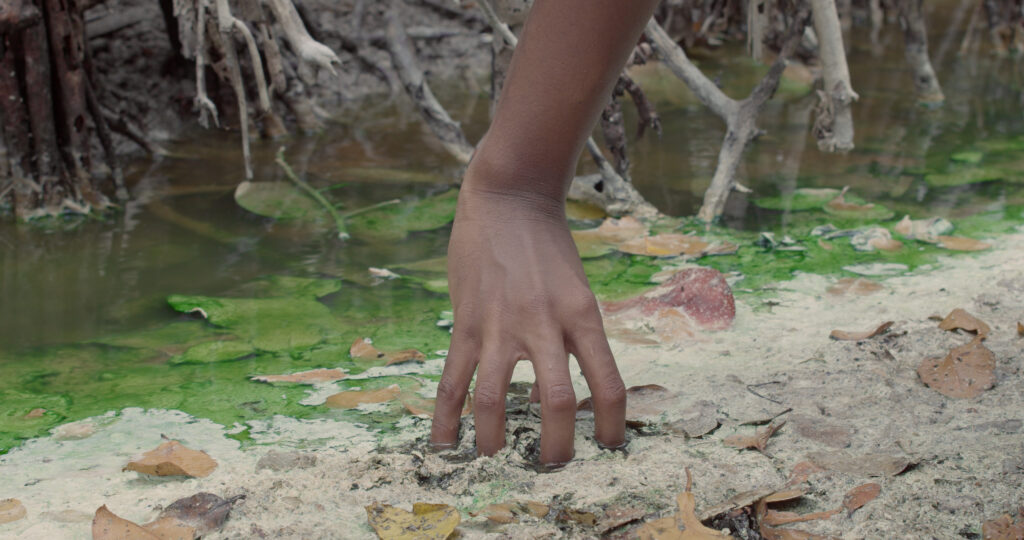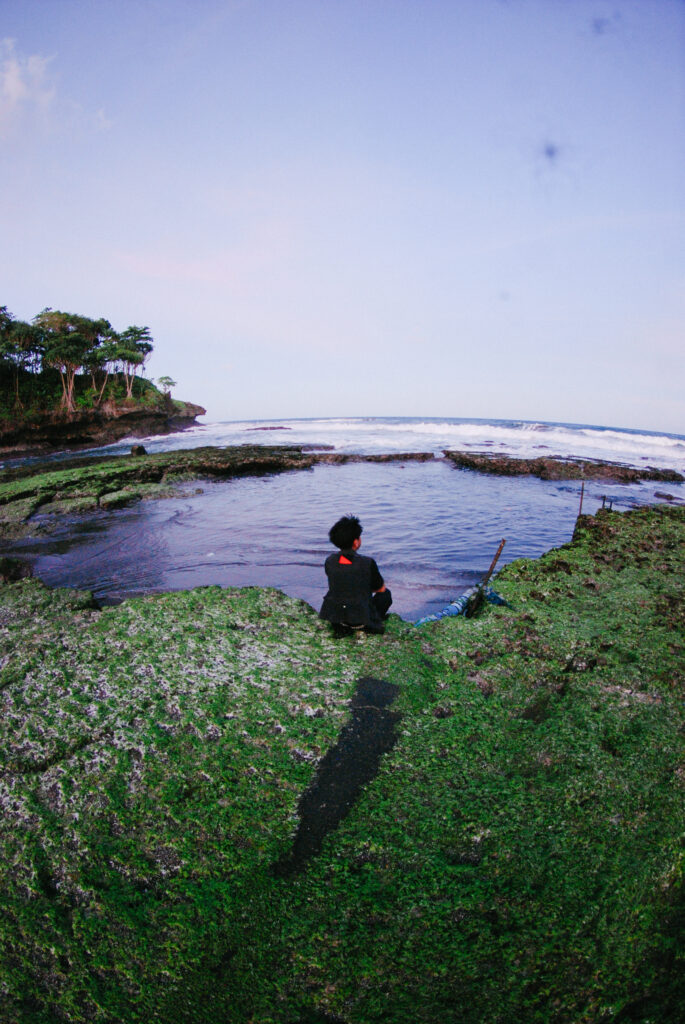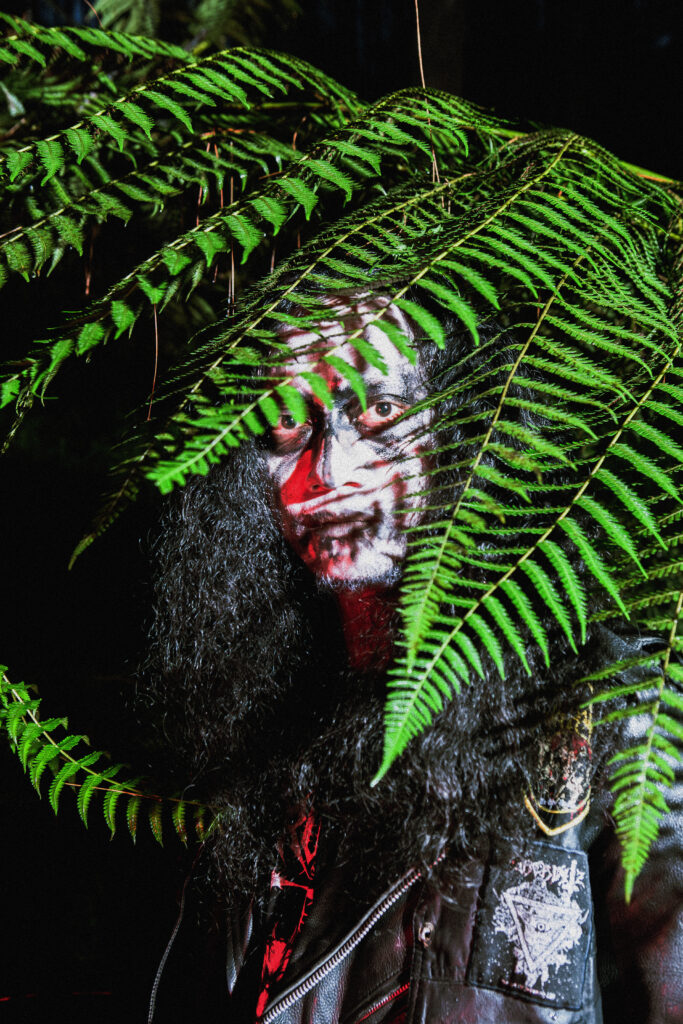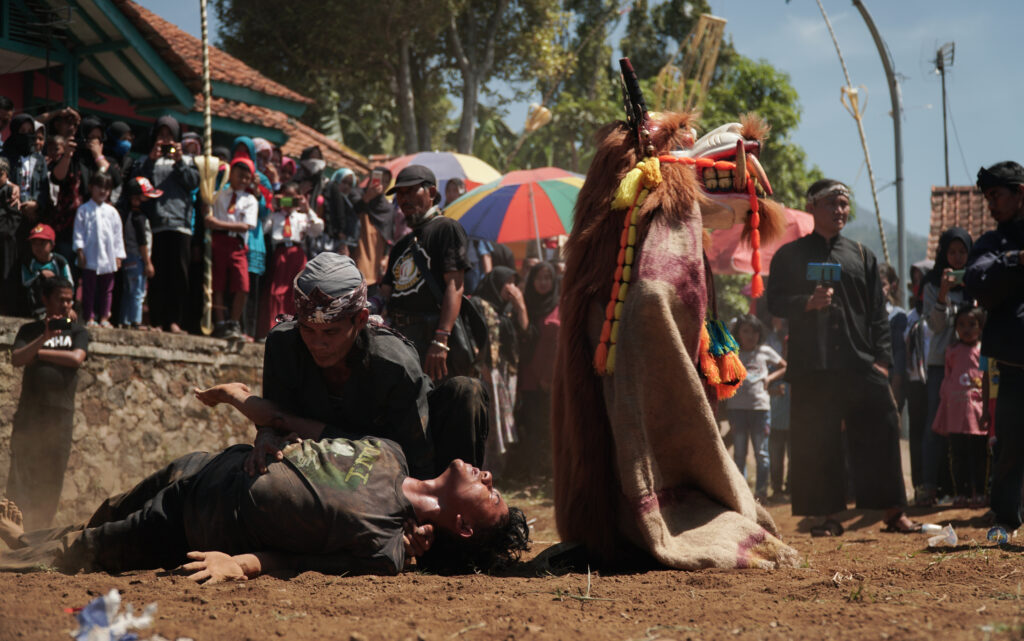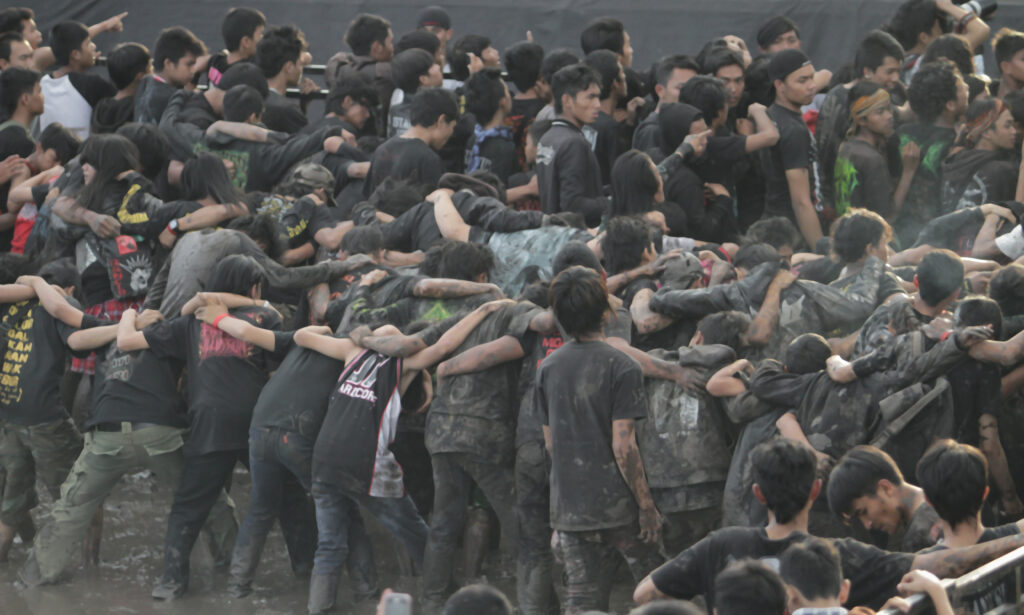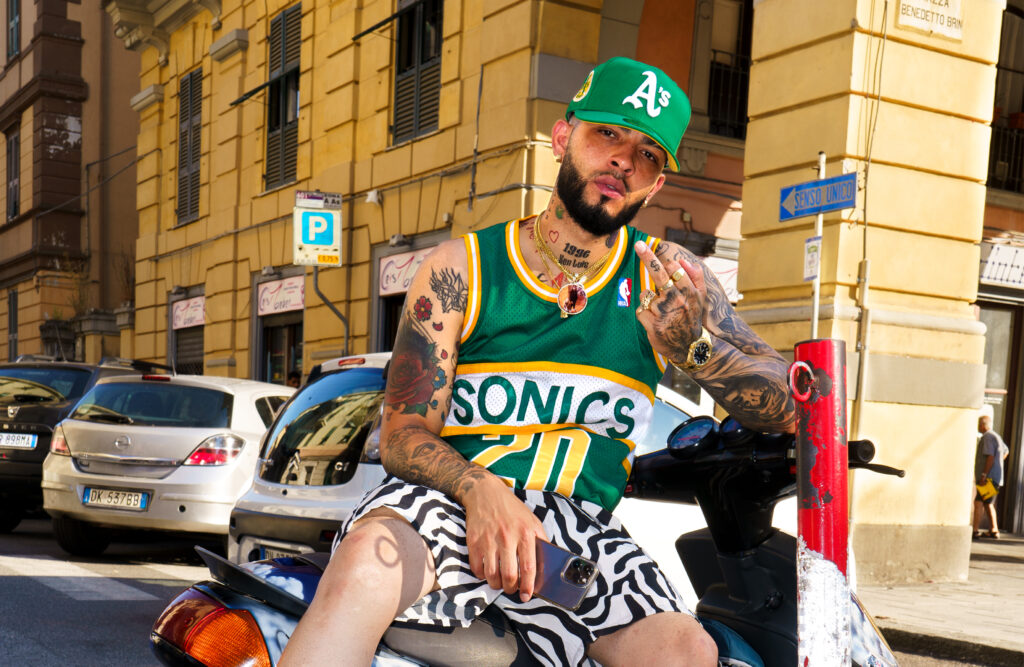Experimental Sounds and Postcodes in Croydon: The Dubstep of CR0
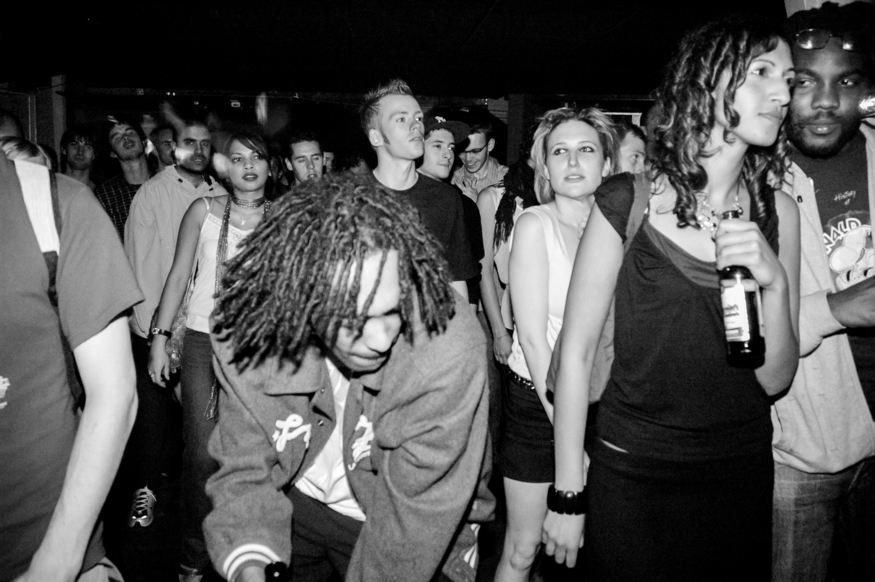
It could have happened anywhere. Given the circumstances, it had just as much chance of emerging in any other place. This is if, according to those who were present, there was nothing in that place—so says Artwork, one of the first dubstep producers, during the Red Bull Music Academy. If London is one of the world’s biggest cities, with interwoven flows of people threading and unthreading through the urban fabric, especially in the city centre, the same cannot be said about Croydon.
A neighbourhood in Zone 5, at the very margins of London, it can be considered the suburb of suburbs. It takes almost an hour to reach from the city centre; much like a hinterland, it’s the kind of area where residents tend to head into the centre to find something to do. But while many leave their neighbourhoods in search of inspiration or something more, there are others who stay behind and build their own. And it is exactly in this context of cosmic emptiness that each place becomes a refuge from the void and marginalisation. In this story, the place in question is Big Apple Records, a vinyl store at 37 Surrey Street, managed by the well-known scene producers Artwork and Hatcha.
Grey was the dominant colour of that landscape, from the concrete pavements to the council estates, all the way up to the sky.
This was the meeting point where the young scene’s participants used to gather to listen to vinyl records and discuss their productions. And it was among these people that we find the founders of a genre that, at the time, was hard to define—precisely because it didn’t sound like anything else. Among them were Mala, Coki, Loefah, Benga, and the very young Skream. It was here that the first three laid the foundations for the now-legendary label DMZ and its associated night event. And it was also here that the latter two deepened their friendship and expanded their musical knowledge—from knowing virtually nothing at first to eventually producing milestone albums in the genre, like Skream! and Diary of an Afro Warrior.
We’re clearly talking about dubstep—and to move forward, we first need to take a step back to understand what defines the genre. As you might imagine, Croydon wasn’t a particularly affluent area, and neither were most of its residents, who often didn’t have access to new or expensive technology. It was with second-hand computers—battered, and possibly stolen—that the first dubstep tracks were born, created using a piece of software that would end up defining the genre’s structure: Fruity Loops Studio. In almost every case (let’s give them the benefit of the doubt), the software was a cracked, pirated version. When you open FL Studio, the default metronome is set to 140 beats per minute—and without any conscious intention, that BPM would become the tempo upon which the entire genre was built.

It’s the early 2000s, and in London, the dominant sound of the night is UK garage—a genre that climbed the charts, reaching such a high status in the UK music business that it allowed top producers to create their tracks in studios worth thousands of pounds. It’s precisely from UKG and its offshoot, 2-step, that an illegitimate child was born: dubstep—a hybrid that filters the festive, champagne-poppin’ energy and colourful melodies of UKG through the darker lens of limited resources and the grey environment of the outer boroughs. As Mala once said, grey was the dominant colour of that landscape—from the concrete pavements to the council estates, all the way up to the sky. It’s interesting to note that grime—which eventually came to define UK-made rap—followed a very similar path: starting with FL Studio’s default 140 BPM, and emerging as a futuristic, experimental offshoot of UKG. It’s no coincidence, then, that the audiences and collaborations often overlapped, with MCs hosting iconic nights like FWD>> and DMZ, moving fluidly between both scenes.
The last essential element in understanding the genesis of dubstep is embedded in that word “dub” included in the name. It’s well known that London is a melting pot of communities and cultures, and among them, the Caribbean one is especially prominent—South London in particular is a focal point. There, we find the neighbourhood of Brixton, a little Jamaica not far from Croydon. The number of producers descending from Caribbean families—and therefore deeply connected to and influenced by sound system culture, dub music, and later jungle—is what gives dubstep its distinctive experimental edge: the repetition of basslines and percussion that evoke a kind of trance-like, spiritual, meditative state. Moreover, just like dub, which originated as an experimental genre where producers and sound engineers remixed reggae tracks to press them onto the B-sides of 45 rpm records, the first dubstep tracks were darker experiments born from UKG, with influences from drum’n’bass and 2-step—also pressed onto B-sides, whether as official releases or white labels.
Over time, dubstep became the sound of London, evolving and branching out into a range of sounds and styles—from the most emotional and nostalgic, like Burial (who, with Untrue, helped bring the genre into a more mainstream space), to a wide variety of offshoots, including tear-out and purple dubstep. Eventually, it was swallowed up and spat out by the American turbo-capitalist machine, giving rise to the most recognised—and most hated—form among the genre’s pioneers: brostep. This derogatory term refers to the strand of maximalist productions led by Skrillex, seen by many as having exploited and distorted the original spirit of the movement.
"If grime is the voice of angry urban London, dubstep is its main echo, the sound of heavy basses reflecting off crumbling walls." Martin "Blackdown" Clark
But before crossing the ocean and becoming a genre for villains, the British dubstep scene was a niche of romantics—people who started a movement unintentionally, too caught up in their own flow state, fully in the zone, completely focused on their music. It was precisely this genuine disinterest in what was happening outside their own spaces—and the total lack of need to grab anyone’s attention—that allowed the scene to draw the rest of the UK, and eventually the world, to look inward. That’s exactly what a true niche does. As Artwork recalled, at those early dubstep nights you might find 50 people—35 of whom were producers—there just to see whether their tracks could make it through the club’s sound system. No one cared if their records were played elsewhere; it was a niche, built by a local scene, for that very same scene.
Despite the initial premise, the truth is that it couldn’t have happened anywhere else—not in just any other suburban area or provincial town. This naive experimentation, which unintentionally sparked a true cultural movement—one that, over the years, transformed the sound of London and eventually the world—could only have happened in the neighbourhood of Croydon, postcode CR0. By a twist of chance and fate, CR0 is also one of the first experimental postcodes—where normally the first numerical digit is 1, never 0. And yet, dubstep was born right there, in CR0.

